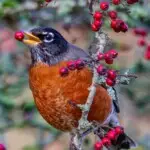
As summer fades and autumn takes center stage, big changes start happening in the world of our feathered friends. Some species prepare for migration and take flight, while others get ready for colder weather. Both require a change of diet.
Whether you feed the birds all year long or break out your feeders in the fall, there are a few things you need to keep in mind to provide the right diet and environment for birds visiting your yard.
Changing Dietary Needs
All through the summer, birds feast on high-protein insects and fresh berries, just what they need for their growing fledglings. But in the fall, as the insects go quiet and the birds’ needs change, a whole new way of eating emerges.
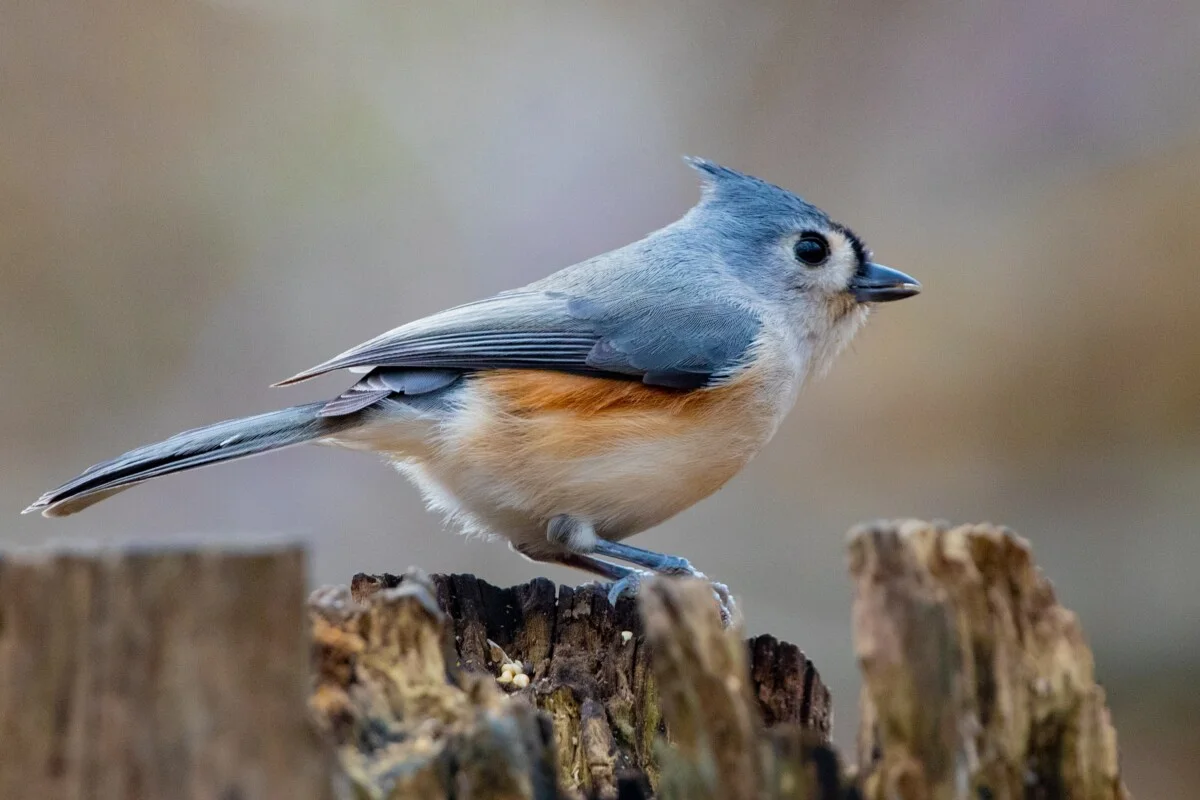
Birds need to pack on weight and store fuel, whether for a long migration or a long winter. To that end, these tiny creatures eat seeds and nuts, which are both high in fat and carbohydrates. And they eat a lot! Especially migratory species.
Feeding Birds Does Not Prevent Migration
Contrary to a popular myth, feeding birds in your backyard does not prevent migratory species from doing just that. Migration is chemically hardwired into them, and no amount of sunflower seeds and peanuts at your backyard feeder will keep them around. However, having food sources available via backyard feeders along their route can help these travelers along the way.
Hyperphagia
It’s believed that hormonal changes triggered by the changing seasons cause migratory birds to undergo extreme, insatiable hunger or hyperphagia. They eat and eat and eat, storing fat and fuel for their long flight, sometimes doubling their body weight before they take flight.
Caching
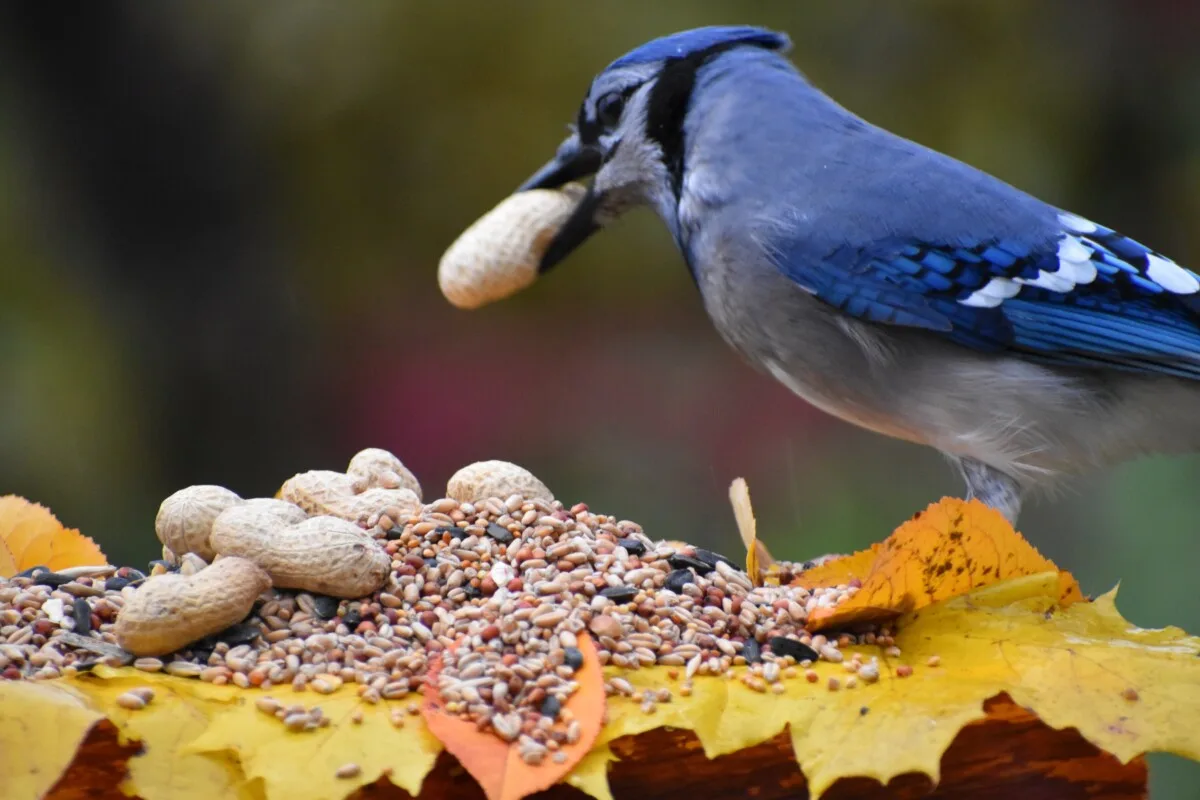
Other birds who face a daunting winter will begin hiding seeds and nuts. In the crooks of trees, under leaves, and in the ground, birds will “squirrel” away food to be eaten during lean times in the winter and when weather prevents them from foraging for food. Chickadees, bluejays, nuthatches and titmice are just some examples of birds that exhibit caching behavior.
It’s no wonder that fall often seems like the busiest time of year at your feeder! Here’s how you can help your local feathered population as the weather cools off.
Related Reading: 7 Tricks To Keep Squirrels Out of Bird Feeders + Best Squirrel-Proof Feeders
1. Keep Those Feeders Topped Up
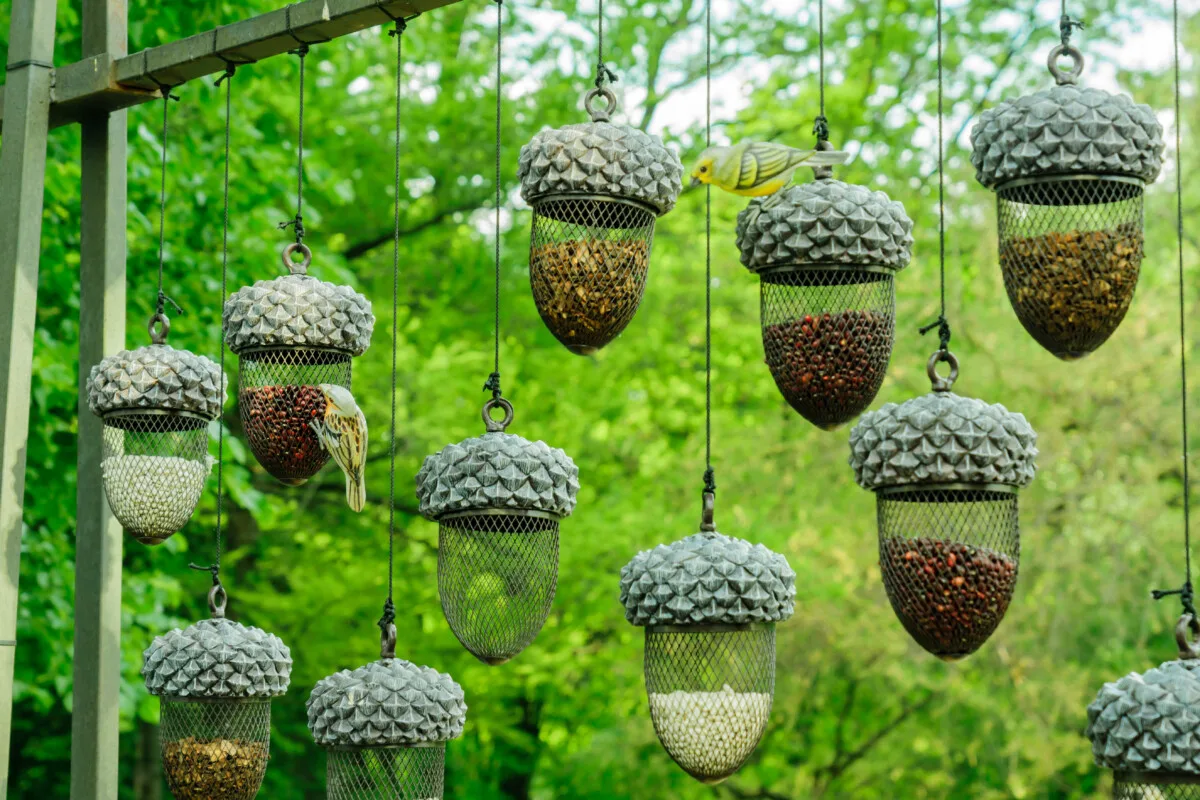
Between hyperphagia in migratory birds and caching in local birds, they need extra food as they prepare for winter. Check feeders frequently and top them up as needed. It’s always a good idea to have several feeders offering different types of food to appeal to the various species visiting.
You can prevent spoilage by filling feeders more frequently with smaller quantities of feed. Adjust how much you put in by how much the birds eat. Of course, depending on how many birds visit your feeders, a full feeder may be empty within days.
2. Offer High-Energy Food
Birds need high-energy foods with plenty of carbs and fats in the fall. Some great options to offer in your feeders and around your yard are:
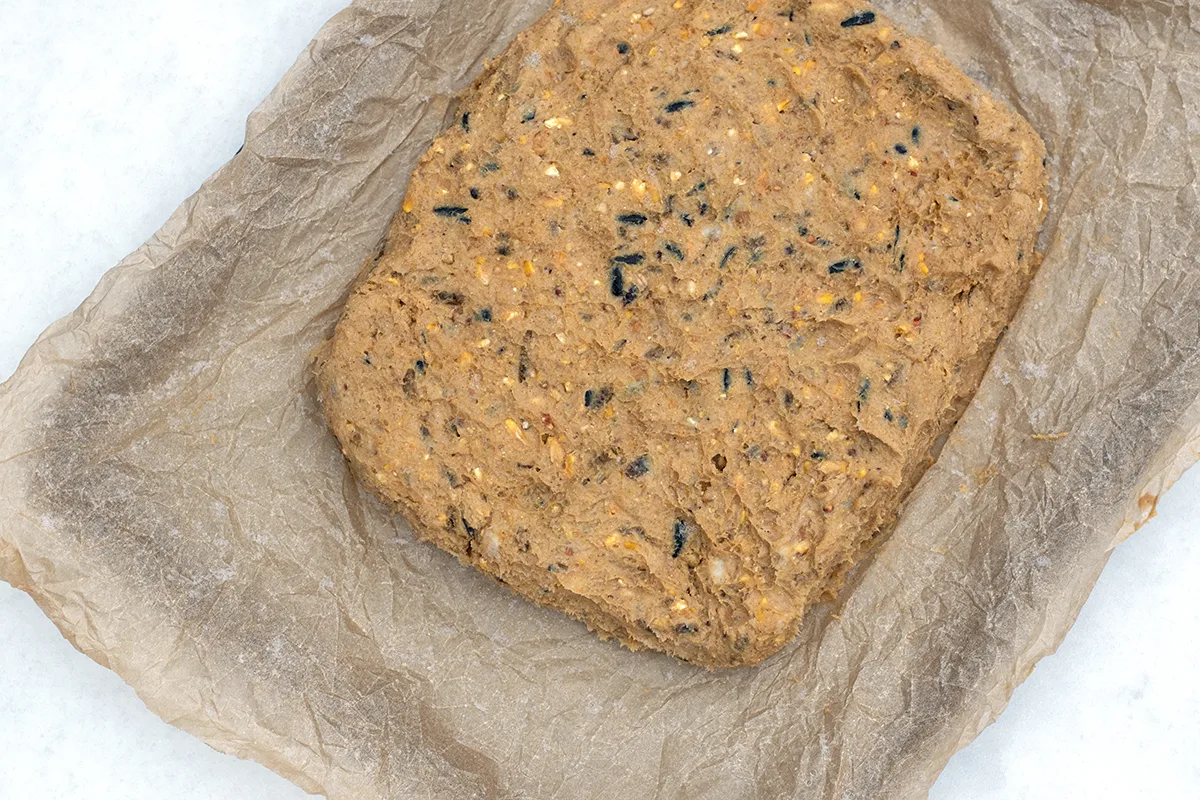
- Sunflower seeds, shelled and with the kernel on, are a great option for fall feeding.
- Peanut Butter
- Suet cakes, you can easily make your own
- Peanuts
- Thistle
- Raisins
- Cracked corn
Inspire a new generation of bird watchers and outdoor enthusiasts by getting the kids and grandkids to help make these easy birdseed ornaments. Take a walk and hang them around your yard, noting the birds you see while you do so.
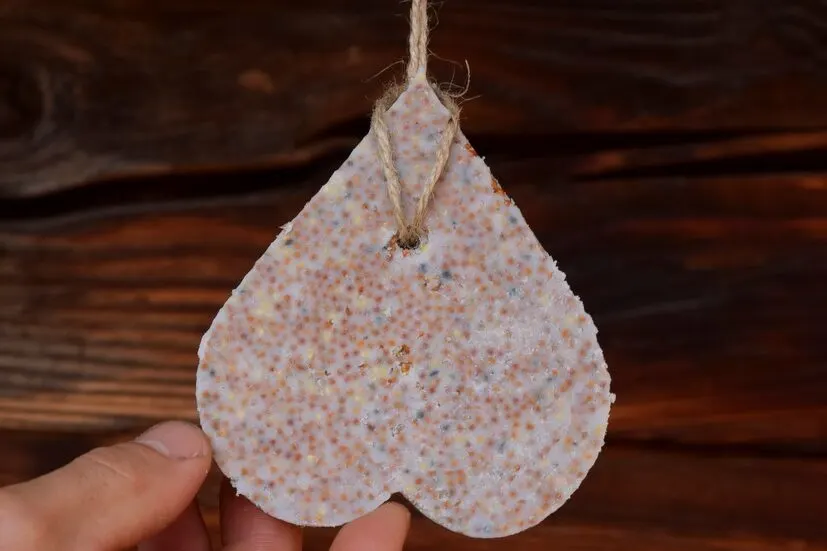
3. Keep Hummingbird Feeders and Oriole Fruit Stations Topped Up
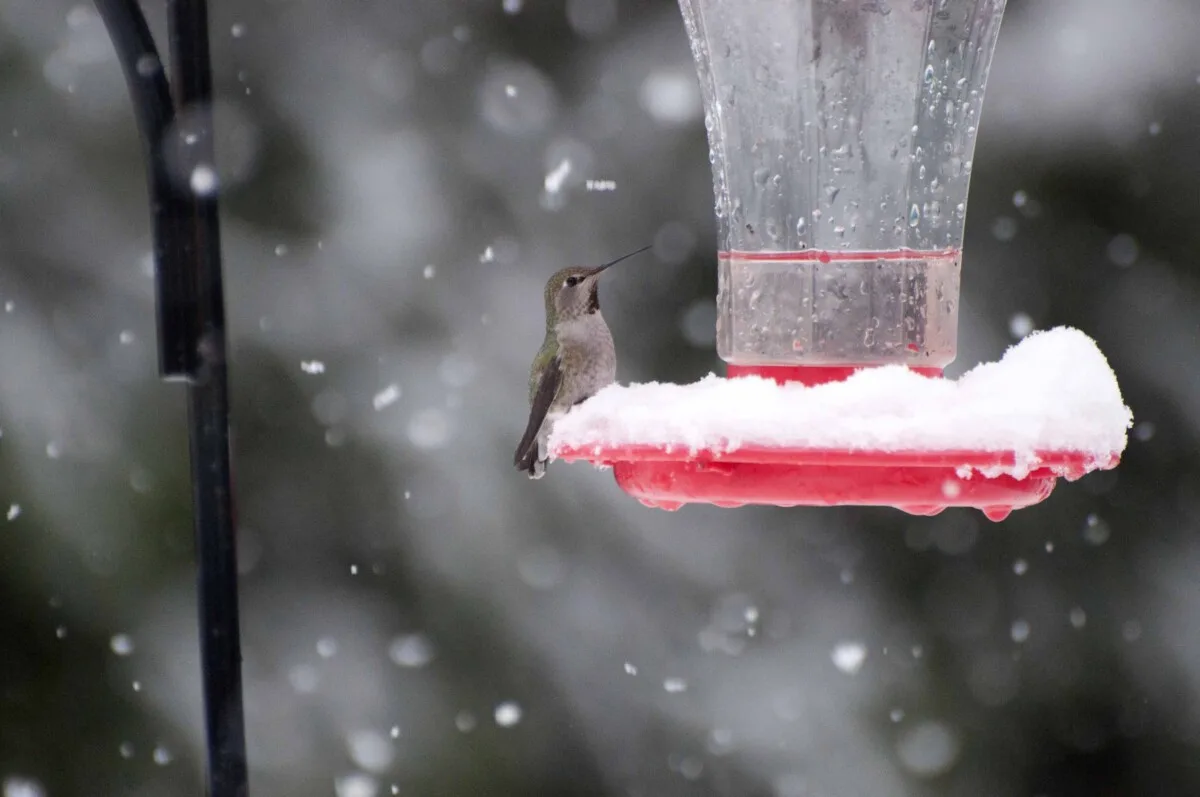
When tidying up your yard for the fall, it’s tempting to pack up hummingbird and Oriole feeders for the season. After all, both birds migrate south for the winter. However, that’s the very reason to keep both feeding stations clean and at the ready.
Even if your regular summertime visitors have left for the year, other hummingbirds and orioles passing through during migration will be happy to find sustenance to help them along on their long journey. This is especially true if everyone else has packed their feeders for the year. Your yard could be a saving grace for weary, feathered travelers.
A good rule of thumb is to put away seasonal feeders if you haven’t had any visitors for at least three weeks.
4. Continue to Offer Fresh, Clean Water
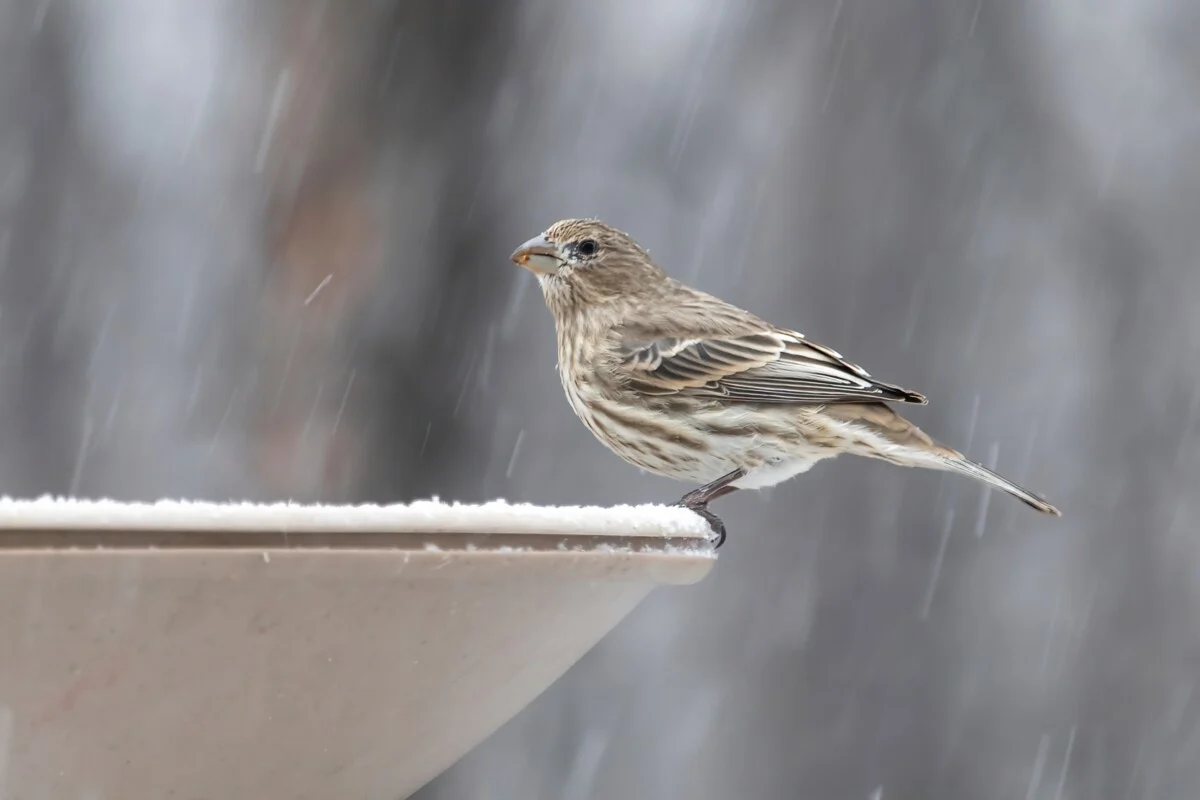
A birdbath is a great way to attract birds to your yard all year. Providing fresh water to visiting birds is just as important in the fall. Adding a birdbath heater will ensure birds visiting your yard can access water even when temperatures drop below freezing.
Even in the colder months, it’s still important to clean your birdbath regularly to prevent the spread of avian diseases.
5. Fall Tidying Do’s & Don’ts
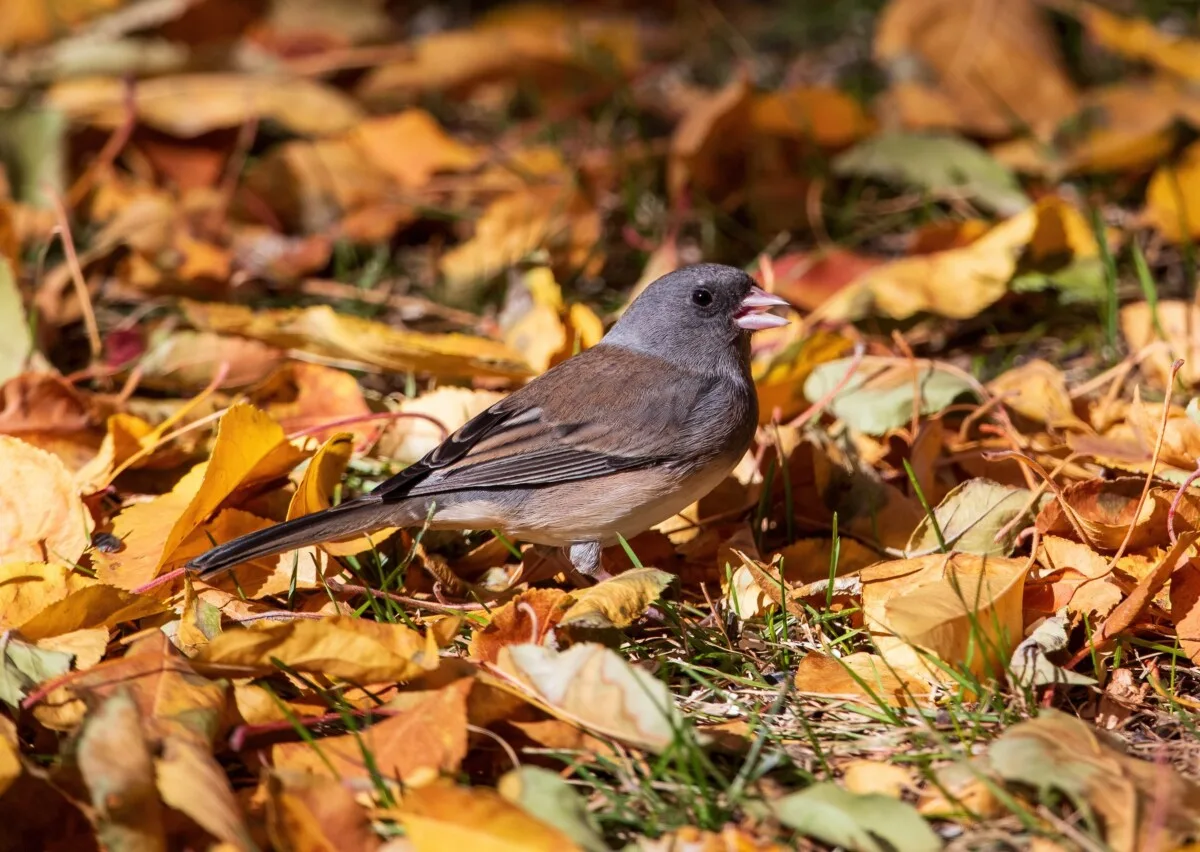
Fall is a great time to clean out nest boxes, as birds will have left by then. Keeping nest boxes clean keeps them safe for the next generation. Storing them indoors, out of the elements, until next spring will also help them last longer.
However, when tidying up your yard and garden, leave it a bit messy for the birds. Leaving flowers that have gone to seed will provide another source of food. Leaving a few piles of leave litter and dead plant matter standing for the winter provides a home for insects, which the birds will happily eat all winter long.
6. Provide Extra Food During Bad Weather
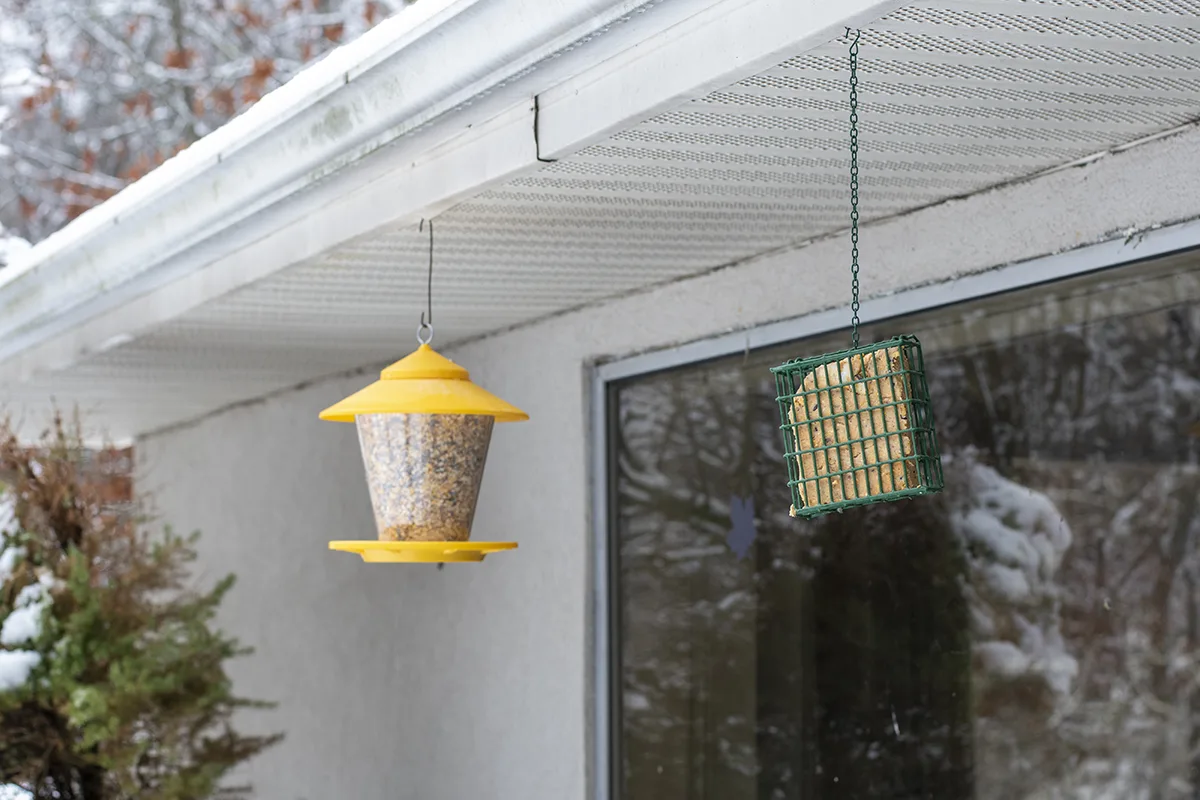
When the weatherman brings news of a winter storm, the first thing everyone does is run out and buy eggs, bread and milk. This winter, don’t forget your backyard visitors. Top up feeders before inclement weather and keep them full while it lasts. Birds need the extra energy, especially in frigid temperatures.
7. Consider Planting Wintertime Food
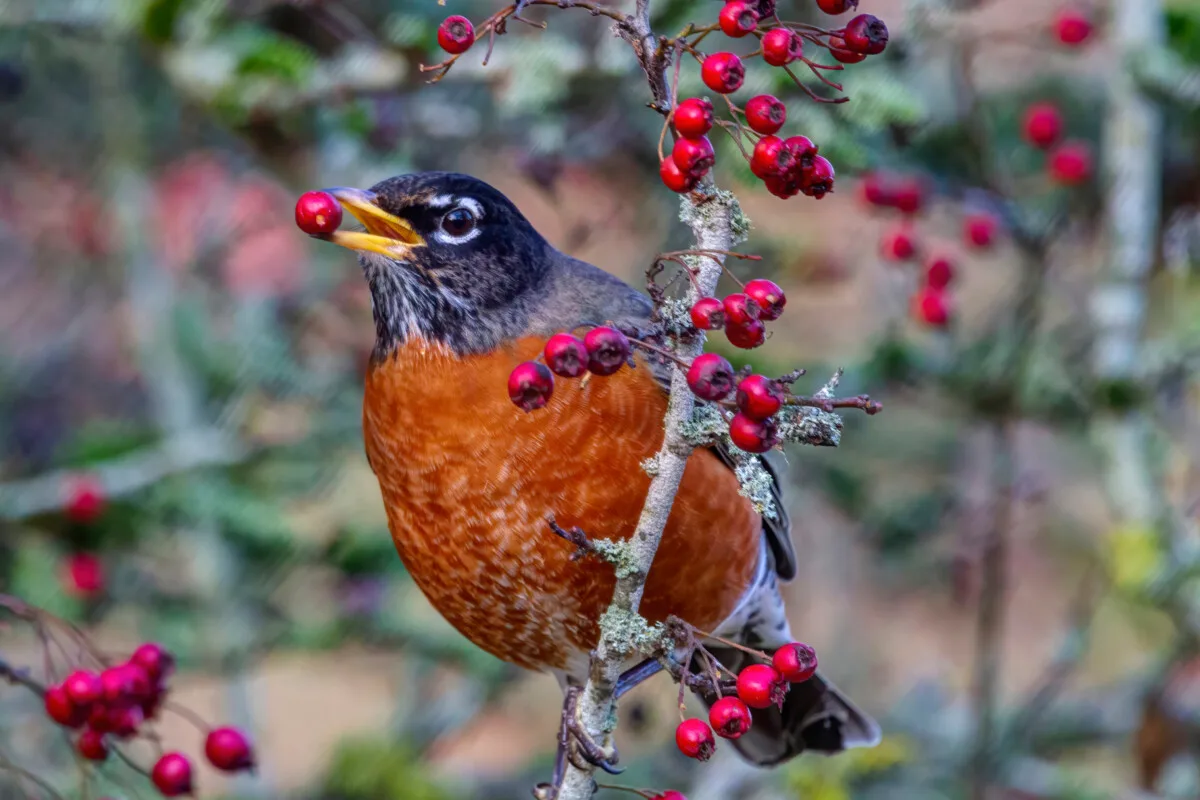
Birds love berries, especially in the winter. And there are numerous species of trees that provide wintertime fruit for wild birds. Consider planting one or several to keep your feathered friends happy and beautify your backyard in the winter.
Of course, don’t forget the most important thing to do this fall. Make yourself a cup of tea, sit by the window and enjoy watching all the visitors to your feeders.

Get the famous Rural Sprout newsletter delivered to your inbox.
Including Sunday musings from our editor, Tracey, as well as “What’s Up Wednesday” our roundup of what’s in season and new article updates and alerts.


